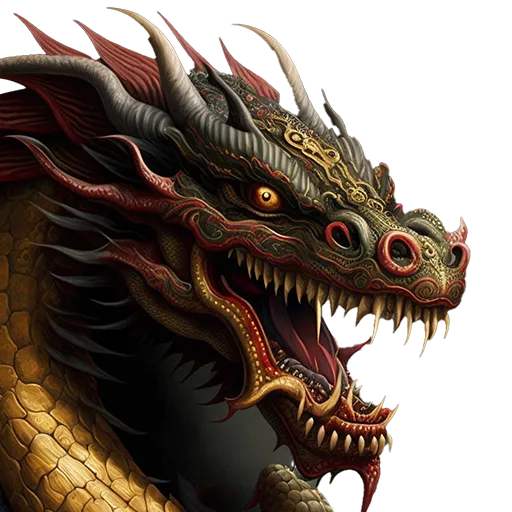A brief introduction to Contemporary Taiji Quan
The Traditional Taiji Quan forms, or routines, are lengthy. Not only do they require considerable time to learn and memorize, but they also need far more time to refine.
Since the 1930s, masters saw the need for condensing the forms to make them available to the public. This was achieved by eliminating repetitive movements. Perhaps one of the first to make such changes was the great master of Yang Style Taiji Quan, Yang Chengfu, who reduced the form from 108 steps to 85.
In 1946, Zheng Manqing (Cheng Man-ching), a disciple of Yang Chengfu, developed the 37 Movement form. This form gained great popularity and was spread from Taiwan to many different countries.
In 1956, Li Tianji compiled the 24 Step Simplified Yang Style Taijiquan form. Many people still refer to this as the Beijing 24 Step Taijiquan, because of where it was developed. Today, this routine is the world’s most widely practiced Taiji form.
In modern times, no one has been more influential in developing and standardizing Contemporary Taiji Quan routines than Li Deyin, the nephew of Li Tianji and the grandson of Li Yulin. Li Deyin has also produced numerous Taiji champions who have continued to spread the art of Taiji around the world.
I brought Master Li Deyin to my school several times specifically to learn and refine these Contemporary Taiji Quan routines. These forms are becoming ever more popular, and some have been standardized for competition.
Some of the Contemporary Taiji forms that I teach include the following:
10 Movement Yang Style Form (also known as the 8 Movement Yang Style Form)
16 Movement Yang Style Form
24 Steps Simplified Yang Style Taiji Quan
16 Movement Yang Style Sword
32 Movement Yang Style Sword
There are undeniable benefits, especially for beginners, to start by learning the 10 Movement and 16 Movement forms. They will facilitate learning that will boost your confidence and lay the foundation for more advanced practice.
Note that simplified Taiji Quan forms are not unique to the Yang Style. Over the last 50 years many other masters have created shortened versions of Chen Style Taiji, Wu Style Taiji, Sun Style Taji, and Hao Style Taiji, which are the other major styles. These forms can now be practiced and enjoyed by millions of people around the world.
